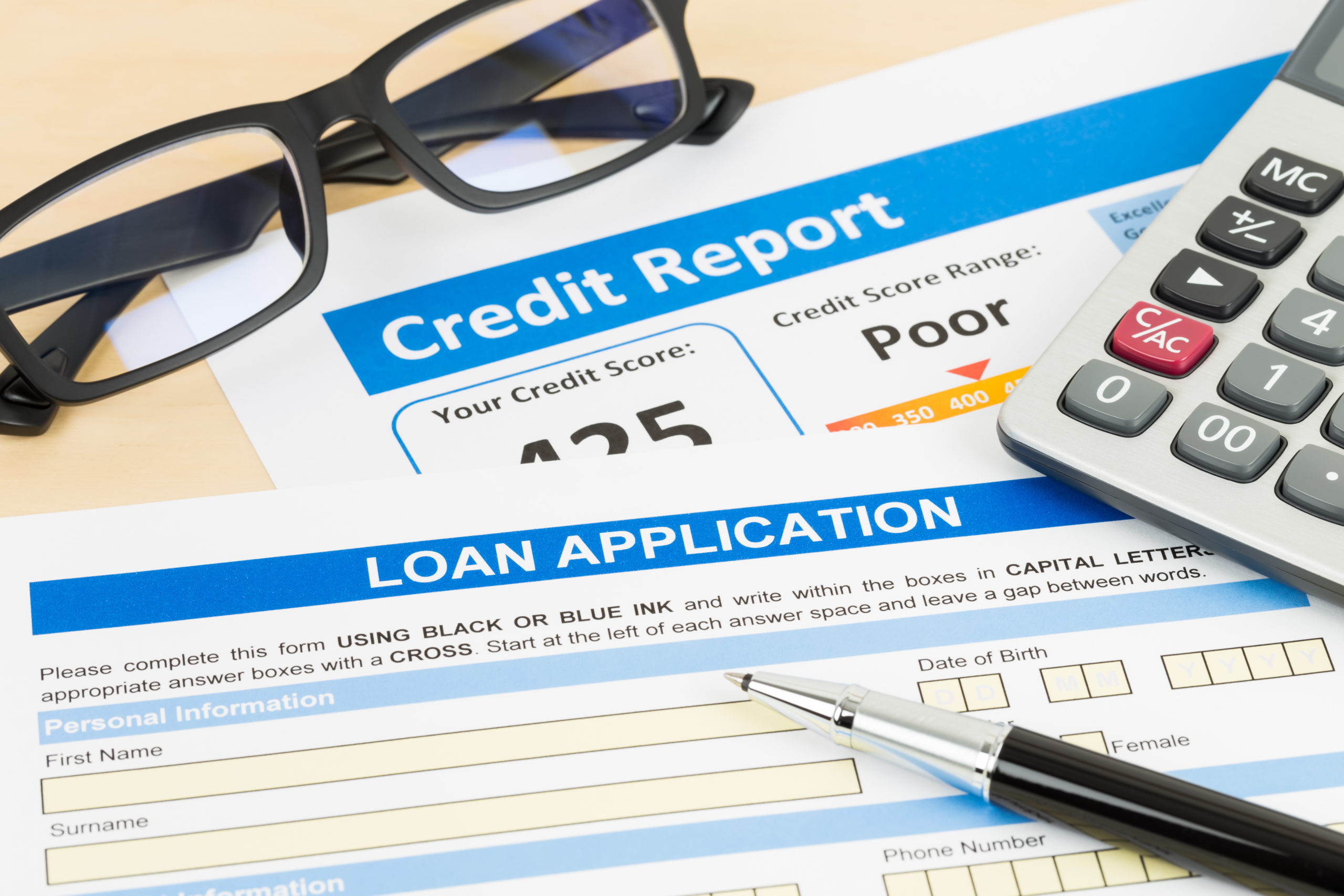Good credit lets lenders know that you are a trustworthy candidate. A good credit score is key to qualify you for a mortgage. A low credit score indicates bad credit and is an immediate red flag. Who knows how long it’ll take to raise it within home buying standards? Well, we do.
Credit repair companies may give the false impression of promising immediate results and saying they will do all the hard work. However, this is a process that doesn’t happen overnight. On the bright side, it is possible to raise your score within one to two months. It may take longer give or take the situation but there are some tips we can provide to make this process as easy as possible.
How long does it take?
What constitutes a good credit score vs. a bad one?
- Perfect credit score: 850
- Excellent score: 760-849
- Good credit score: 700 to 759
- Fair score: 650 to 699
- Low score: 649 and below
Lenders typically look for a score of 660 or higher to consider if hey will grant a mortgage or
not. If you need to raise this number quickly her are some of your options.
Correct errors on your report
This is one of the quickest ways to improve your credit score. A simple identity error, such as a credit card being reported that is not yours, can be fixed in just a couple months. If the error is actually on your account however, this could take longer as it requires the involvement of a creditor and the credit bureau.
This process ranges between 30 – 90 days. However, if the process involves a lot of back and forth between you and your credit bureau it could take longer. Websites that provide free copies of your credit report are TransUnion, Equifax, and Experian.
When reviewing your report make sure to refute any errors with your credit bureau by providing documentation that shows it is incorrect. A common error is if you made a payment on time and your card issuer is reporting it as late. A bank statement should easily show this payment was made in a timely fashion.
These bureaus are usually given 30 days to investigate the issue. They may ask for additional information or ask you to involve your creditor. Make sure to stay on top of these communications to make sure the error is resolved as quickly as possible.
Build a credit history
This step is only if it is necessary. Sometimes a low credit score just means you do not have enough credit. In order to demonstrate your creditworthiness there is the option of opening another credit account, such as a credit card, and making payments on it regularly.
Make sure you are not making frivolous purchases on this account and try to obtain one without an annual fee. A secured credit card is a good option and it helps to only use it for gas and regular expenses. Avoid paying high interest charges by tracking your balance and paying off your balance every month.
Deal with delinquent accounts
Bringing delinquent accounts current and settling ones in collections are another great way to boost your score relatively quickly.
It is important to note that your late payment history will still be available on your credit report for 7 years. Accounts that have been on your report for six or more years probably do not require you to settle the or bring them up to date. That is because by doing so, you will re-age the account and if you fall behind again on payments, that mistake will be on your report for 7 more years. Talk about 7 years of bad luck!
Lower your credit utilization ratio
This ratio refers to how much you owe compared to how much credit you have available. If you have $10,000 worth of credit available across all your accounts and you owe $9,000, this means you have utilized 90% of your credit which significantly drags your score down.
This ratio represents 30% of your credit score so it is important to keep this percentage as low as possible.
Your score is updated at least once per month as creditors are reporting on an ongoing basis, so by making a payment that will significantly lower your credit utilization you can expect to see this change fairly quickly.
Another way to lower this number is by getting more credit but be careful if using this approach. If you have a $3,000 balance on a card with a $4,000 credit limit and you’re approved for a new credit card with a $1,000 limit, you now have $5,000 in total credit lines. Instead of using 75% of your available credit, you’re now using 60%. That’s better, right? Not necessarily.
One way to avoid all this is to ask for a credit limit increase on an existing account. This type of inquiry typically will not affect your score if it is ungranted.
The long haul
The easiest way to continue to improvement your long-term credit score is to start with a perfect payment history – now. Automatic payments are an extremely useful tool in managing your payments across all accounts. It is not uncommon to forget about a payment that needs to be made.
Make sure you are checking you credit report every moth, FICO lets you do this for free.
If in doubt, remember that the lower your credit score, the larger gains you will see when you start the corrective process. Just like dieting, you start to see the larger numbers of weight come off earlier in the process.

